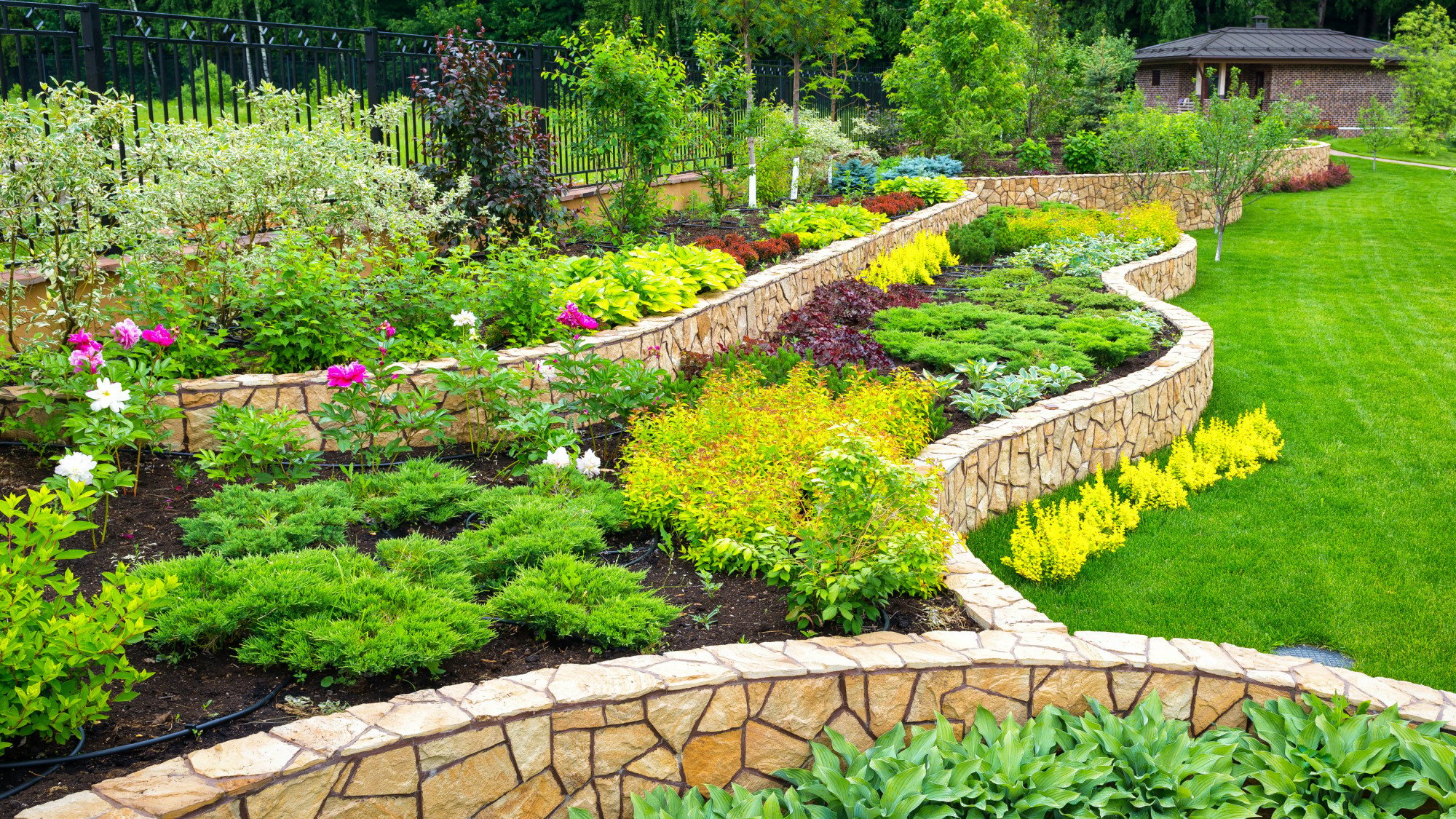Have you ever thought about growing your own food in a beautiful and functional way? If so, then incorporating edible garden landscaping into your landscape design might be just the thing for you!
Not only does it add visual appeal to your outdoor space, but it also provides fresh and healthy produce right at your doorstep. In this document are ways to incorporate edible garden & landscaping into your home, making it both aesthetically pleasing and practical. So, let’s dig in!
1. Vertical Gardens
Vertical gardens are a great way to incorporate edible plants into your landscape design, especially if space is limited. They can be created using vertical structures such as trellises, walls, or even hanging baskets.
Not only do they add visual interest to your garden, but they also make it easy to grow a variety of herbs and vegetables in a small area. Some popular options for vertical gardens include strawberries, tomatoes, and herbs like basil, thyme, and rosemary.
2. Raised Beds
Raised beds are another great way to incorporate edible plants into your landscape design. variety of materials such as wood, stone, or even old tires. The benefit of raised beds is that they provide better drainage and improve the soil quality, making it easier for plants to grow.
Plus, they can be built at any height, making it more accessible for people with limited mobility. You can grow a variety of vegetables, fruits, and herbs in raised beds, making it a versatile option for incorporating edible plants into your garden.
3. Herb Spiral
An herb spiral is a unique and visually appealing way to incorporate edible plants into your landscape design. It is constructed using layers of soil, rocks, and bricks in a spiral shape, with the center being the highest point.
This design allows for different microclimates to be created within the spiral, making it ideal for growing a variety of herbs that have varying water and sunlight needs. Not only does it save space, but it also adds a beautiful focal point to your garden. Some popular herbs to grow in an herb spiral include mint, thyme, and sage.
4. Growing Melons
One delicious way to incorporate edible gardens and landscaping is through growing melons. These juicy, sweet fruits not only add a pop of color to your garden but also require minimal maintenance. Melon can be grown along fences or trellises, making them perfect for small spaces.
They also thrive in warm climates, so if you live in a hot region, this is the perfect addition to your garden. Plus, who wouldn’t love the convenience of picking a fresh and ripe melon straight from their backyard?
Learn More About Garden & Landscaping
Incorporating edible garden & landscaping into your outdoor space not only adds beauty but also provides numerous benefits. From vertical gardens to multifunctional landscaping, there are many creative ways to grow your own food in a functional and aesthetically pleasing way.
So why not give it a try and see how incorporating edible plants can enhance your landscape design? For more tips and ideas on garden and landscaping, be sure to check out our other documents on this topic. Happy gardening!
Did you find this article helpful? Check out the rest of our blog.




